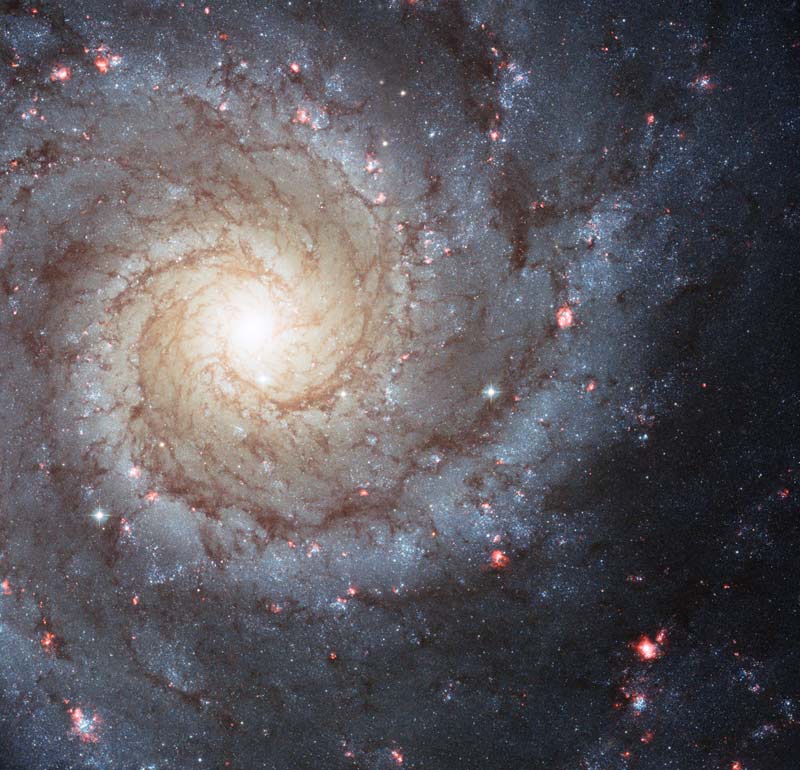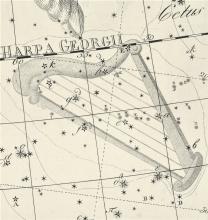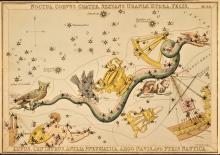You are here
Pisces, the Fish

Several thousand years ago, when the zodiac was first drawn, the Sun stood inside Aries at the time of the equinox. And today, the March equinox is still known as the "first point of Aries." Yet the Sun has moved from Aries into Pisces because of an effect known as precession. It is a wobble in Earth's rotation caused by the gravitational pull of the Sun and Moon. As a result of this wobble, the point of the equinox moves all the way around the sky. That means that as the centuries roll by, the Sun appears against different stars at the equinox.
Pisces, which is best viewed during autumn and winter evenings, is one of the constellations of the zodiac. Despite this claim to fame, though, Pisces is tough to see. Even its brightest stars are no match for the light pollution from many cities and suburbs.
Pisces is one member of the "celestial sea," a group of constellations that are all related to water. These constellations probably were associated with water because the Sun passed across them during the rainy season in the ancient Middle East.
 Spiral galaxy M74Although none of its stars is particularly impressive, Pisces is home to several beautiful galaxies. One of the most prominent is M74, a spiral galaxy that we view almost exactly face on. It's just 24 million light-years away.
Spiral galaxy M74Although none of its stars is particularly impressive, Pisces is home to several beautiful galaxies. One of the most prominent is M74, a spiral galaxy that we view almost exactly face on. It's just 24 million light-years away.
M74 resembles a slightly smaller version of the Milky Way, so it looks like a glowing cosmic pinwheel. Its spiral arms contain clouds of gas and dust that create new stars. The brightest and hottest of these new stars are blue, giving the spiral arms a blue tint. The hottest newborn stars emit radiation that strips the electrons from hydrogen atoms in these clouds. As the electrons rejoin the atoms, they emit a red glow, so the clouds of hydrogen look like red or pink dots.





